12 Best Vegetables to Grow in Small Gardens
If you have a small garden, you can still grow a variety of vegetables that offer high yields and require minimal space. Many vegetables are perfect for small spaces, whether you’re looking to grow them in containers, raised beds, or vertically. These options allow you to maximize your space and enjoy fresh, homegrown produce throughout the season. With the right selection, your small garden can be both productive and rewarding.
This post may contain affiliate links, which helps keep this content free. Please read our disclosure for more info.
Lettuce
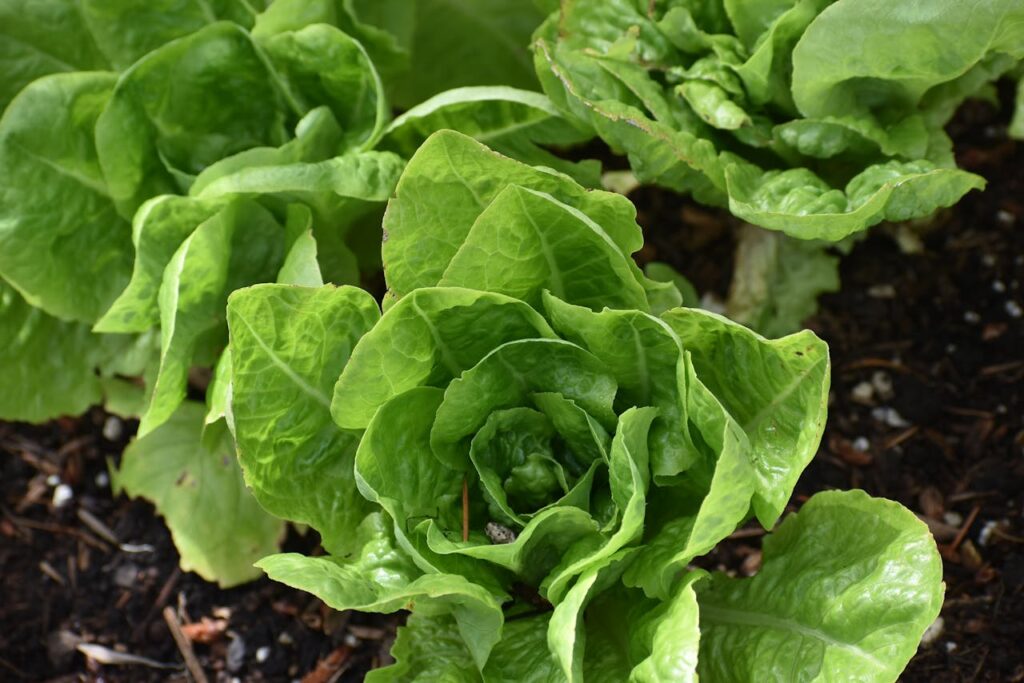
Lettuce is a top choice for small gardens due to its quick-growing nature and minimal space requirements. It can be grown closely together, allowing for a high yield in a small area. Since it grows well in cooler weather, it can be planted early in the season and harvested continuously by picking the outer leaves as they grow, leaving the inner leaves to keep growing. This method allows you to enjoy fresh lettuce for a long period without needing to replant frequently.
Additionally, lettuce can be grown in containers, hanging baskets, or raised beds, which makes it a versatile option for maximizing space. With varieties like Romaine, Butterhead, and loose-leaf lettuce, you can diversify your harvests and enjoy a variety of textures and flavors. Its low-maintenance nature and ability to thrive in partial shade make lettuce ideal for small gardens, especially in urban environments where space is limited.
Spinach
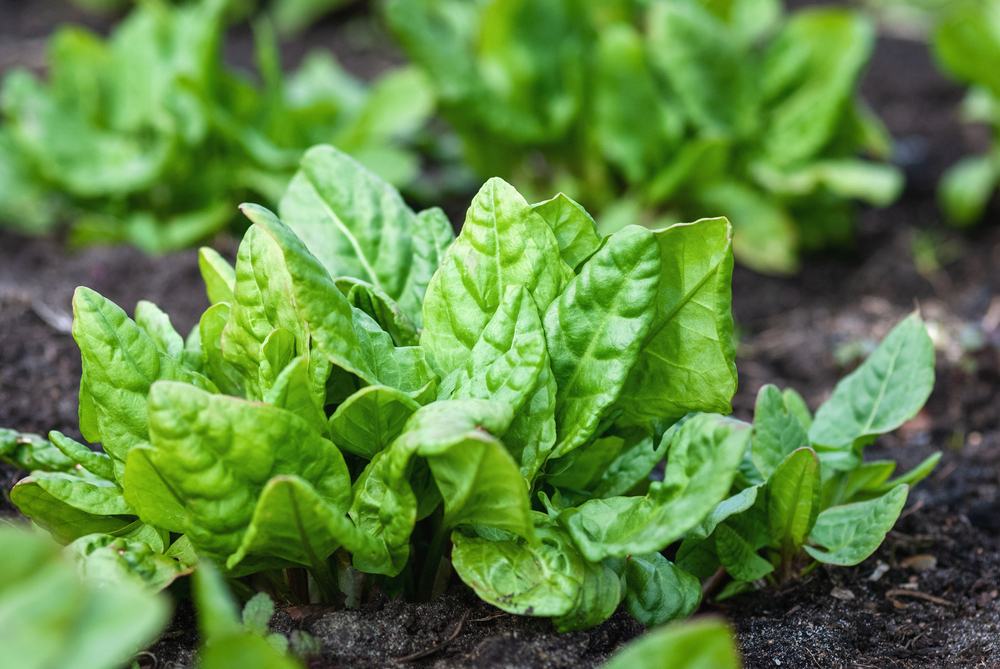
Spinach is another excellent option for small gardens because it grows rapidly and can be harvested as soon as the leaves are large enough. You can start harvesting spinach within just a few weeks of planting, and by cutting the outer leaves, the plant continues to produce throughout the season. This makes it a perfect candidate for continuous harvesting. Spinach thrives in cooler weather, so it is well-suited for early spring and fall gardening.
When growing in a small garden, spinach can be planted in containers or vertical gardens, such as raised beds or hanging planters. These growing methods allow you to maximize space while ensuring the plant gets enough sunlight and proper airflow. Spinach is also known for its nutrient density, providing a great source of vitamins and minerals, making it both a practical and healthy choice for small gardens.
Tomatoes
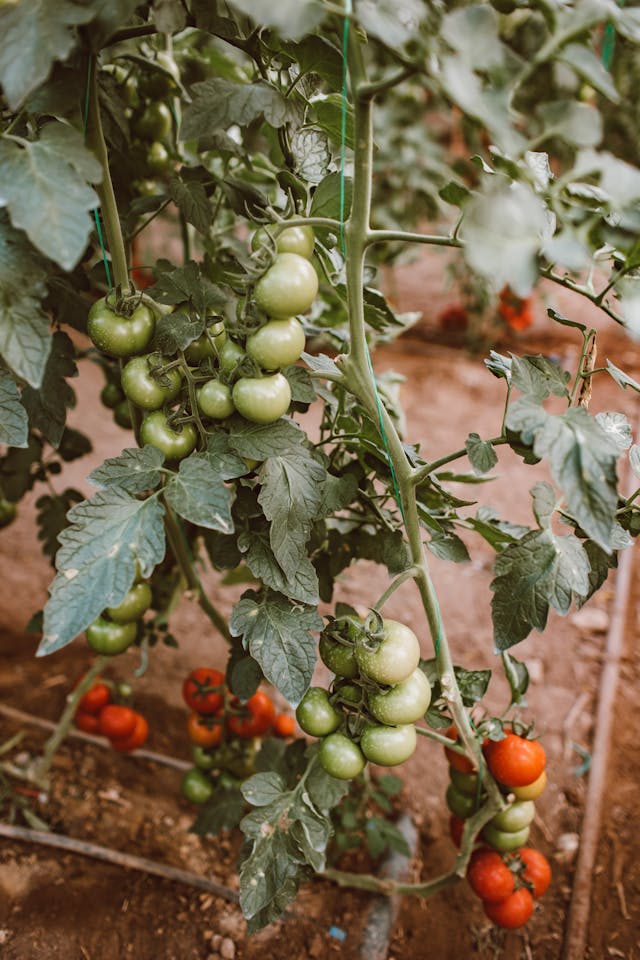
Tomatoes, particularly cherry and grape varieties, are perfect for small gardens due to their compact size and high productivity. These types of tomatoes can be grown vertically on trellises or in cages, saving precious ground space while still yielding a bountiful harvest. Tomatoes are versatile and can be used in salads, sauces, and snacks, making them a valuable crop for continuous harvesting during the summer months.
These varieties typically produce fruit in clusters, and with a little care, you can enjoy fresh tomatoes well into the fall. By using vertical growing methods, such as staking or caging, you can keep your tomato plants organized, avoid disease, and ensure proper air circulation, which promotes healthier growth. Whether grown in pots or directly in the soil, tomatoes offer high yields with relatively low space requirements, making them an excellent choice for any small garden.
Cucumbers
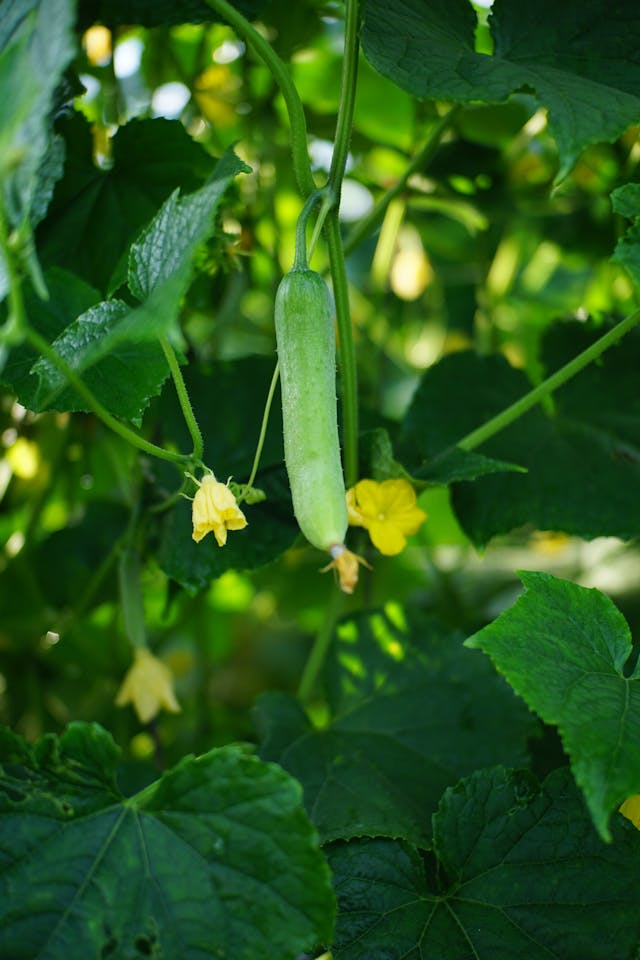
Cucumbers are a fantastic choice for small gardens, especially if you grow them vertically. These vining plants can easily be trained to climb trellises, fences, or other vertical supports, allowing them to take up minimal ground space. This is especially beneficial for small gardens where maximizing space is essential. Vertical growth keeps cucumbers off the ground, reducing the risk of disease and making harvesting easier.
Cucumbers grow quickly and produce continuously during the growing season, providing a steady supply of fresh vegetables. By growing them in a vertical system, you can also avoid the spreading nature of the plant, ensuring they don’t take over your garden. Whether for pickling or eating fresh, cucumbers are a high-yield vegetable that thrives in small spaces and can be harvested multiple times throughout the season.
Green Beans
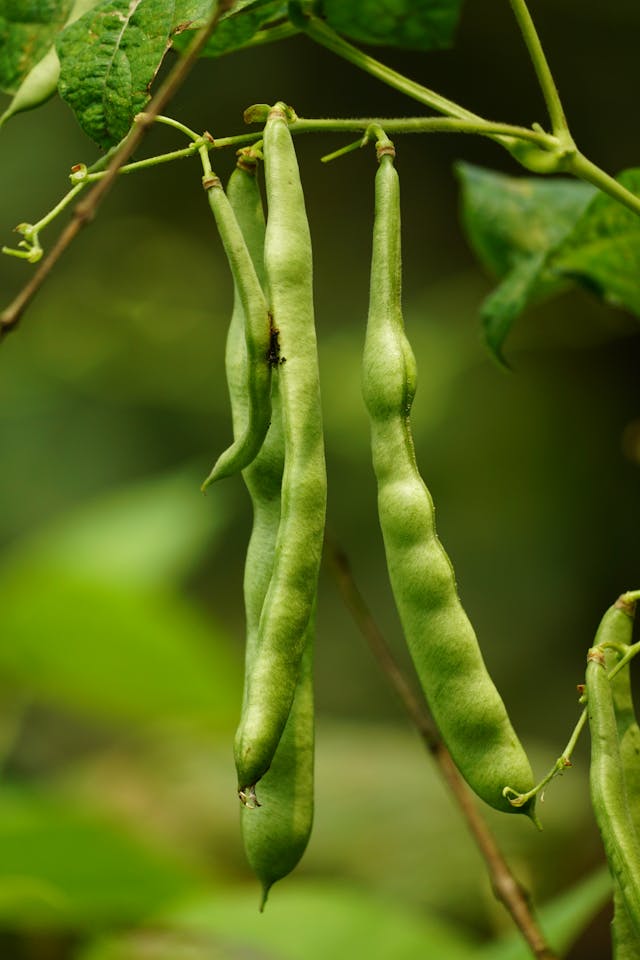
Green beans, particularly pole beans, are an excellent option for small gardens because they naturally grow vertically. Unlike bush beans, which spread out, pole beans climb upward on trellises or other vertical structures, allowing you to save space. Green beans produce abundant harvests, and since they keep producing throughout the growing season, they are perfect for a continuous supply of fresh beans.
You can plant multiple varieties of pole beans to ensure a variety of tastes and textures, and growing them vertically makes harvesting easy. Green beans are a relatively low-maintenance crop that grows well in a variety of climates, especially in areas with long summer seasons. By using vertical growing techniques, you can ensure your green bean plants stay organized, healthy, and productive, making them an ideal choice for small gardens.
Peas
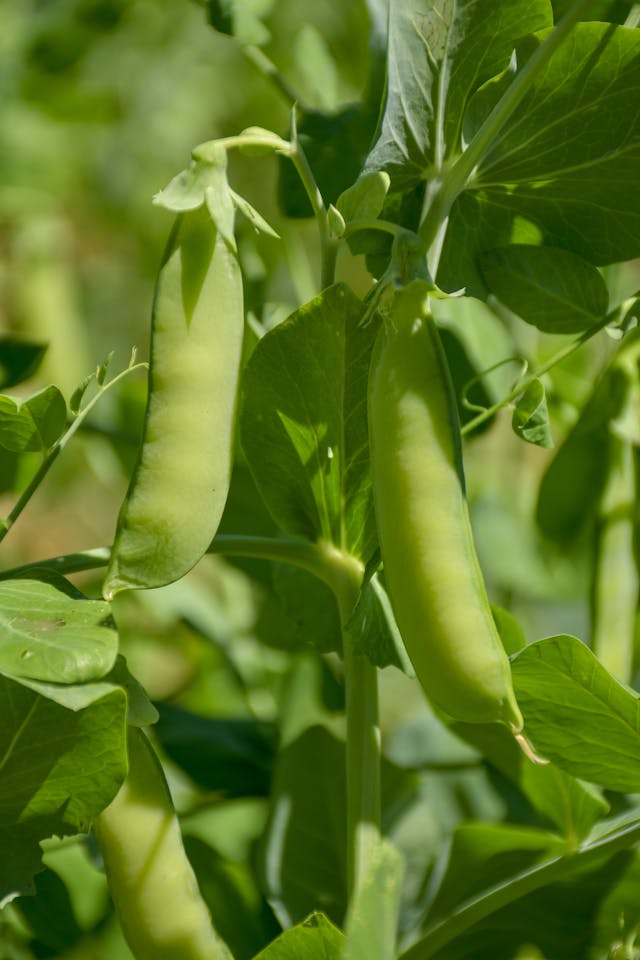
Peas are an excellent vegetable to grow in small gardens, especially because they can be grown vertically on trellises or mesh netting. These cool-season plants are perfect for early spring and fall, offering a quick turnaround from planting to harvest. By using vertical growing methods, you can maximize space and easily access the plants for harvesting. Peas produce in clusters, meaning you can collect a large quantity in a short period, making them a high-yield crop for small gardens.
Not only do peas provide fresh, sweet pods, but they are also beneficial for the soil. As leguminous plants, peas fix nitrogen in the soil, enriching it and making it more fertile for other crops. This makes them an excellent companion plant for other vegetables. With proper care and vertical growing techniques, peas can be a productive and low-maintenance crop in a small garden setting.
Radishes
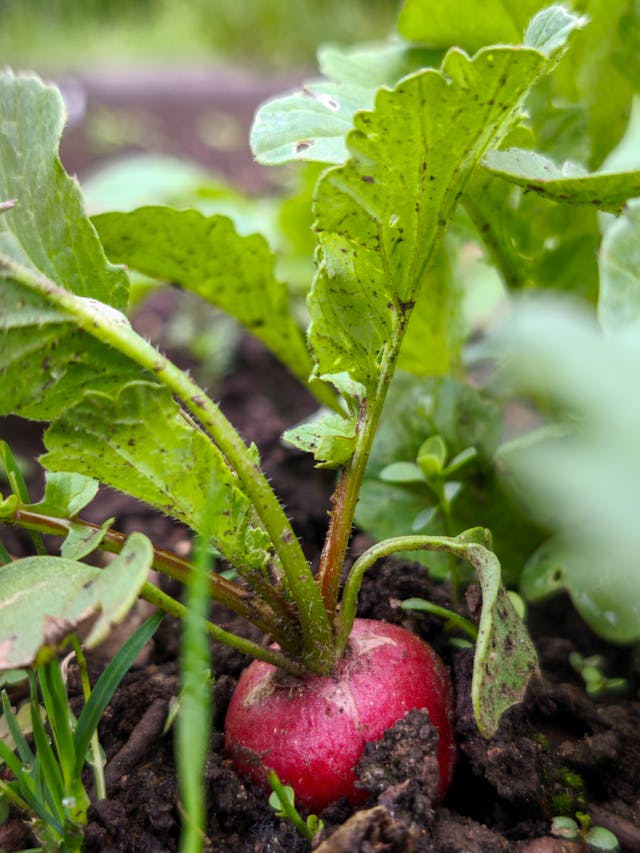
Radishes are perfect for small gardens because they grow quickly and do not take up much space. From planting to harvest, radishes can be ready in as little as three to four weeks, making them an excellent crop for quick harvests. Radishes can be planted densely in small spaces, and they are highly productive, offering a good yield in a compact area. Whether you choose traditional red radishes or unique varieties like watermelon or black radishes, they all provide quick rewards.
Because they mature so quickly, radishes can be grown in succession, allowing for a continuous harvest. You can plant new radish seeds every few weeks to keep a steady supply going throughout the growing season. Growing radishes in raised beds, containers, or even hanging baskets is an effective way to maximize space and get the most out of this fast-growing vegetable. Their crisp, peppery flavor adds variety to your meals, making them a practical and flavorful choice for small gardens.
Carrots
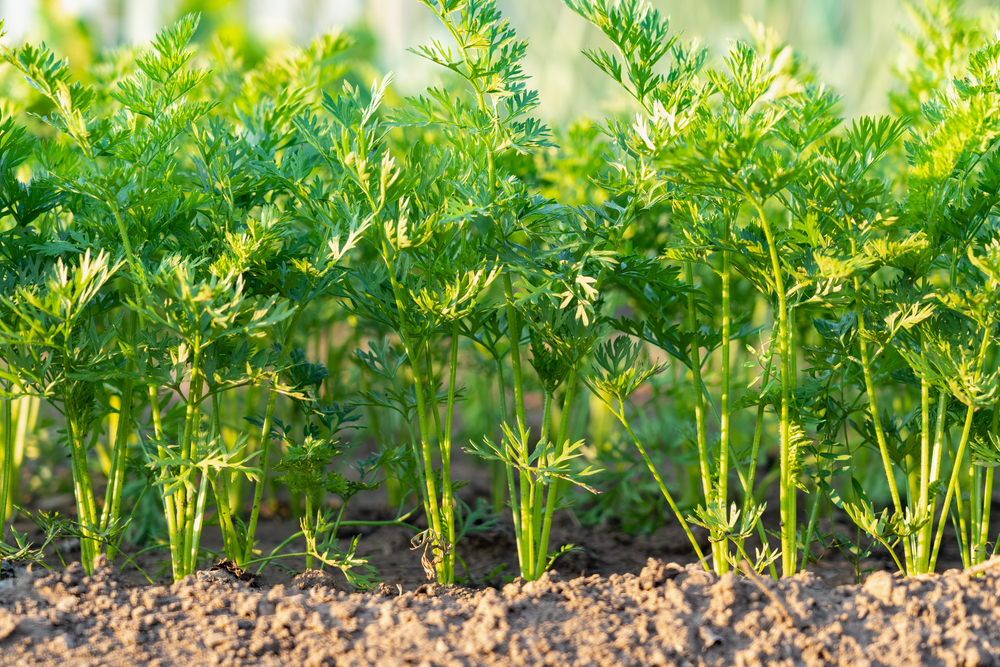
Carrots are another root vegetable that works well in small gardens. By growing them in containers or raised beds, you can control the soil conditions and ensure that they have enough room to develop their roots. Carrots do not require much space, and they grow well in deep, loose soil, which makes vertical gardening systems like containers and raised beds ideal.
When you grow carrots in small spaces, you can plant them closer together, allowing for a higher yield per square foot. These vegetables grow gradually, meaning you can harvest them continuously over time, rather than all at once. Carrots are also relatively low-maintenance, requiring little more than regular watering and occasional thinning to keep the plants from overcrowding. Their vibrant color and sweet, earthy flavor make them a great addition to any small garden.
Beets
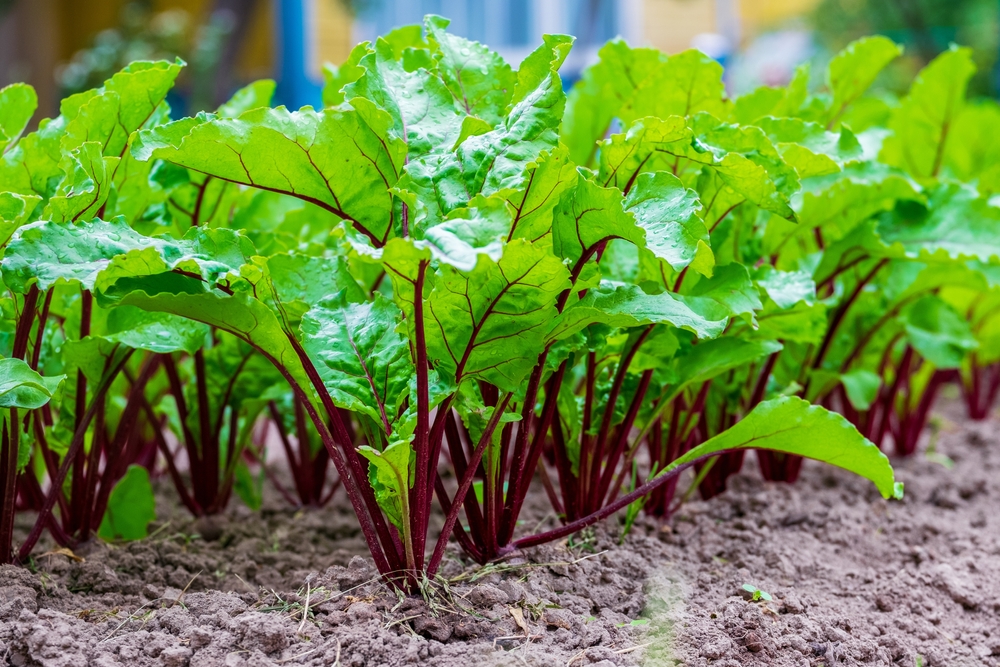
Beets are another root vegetable that thrives in small gardens. Similar to carrots, they can be grown in containers, raised beds, or directly in the ground, as long as the soil is loose and well-drained. Beets do not require a lot of space and can be planted closely together, allowing for multiple harvests within a compact area. The greens of beets are also edible, providing an additional source of nutrition throughout the season.
Beets grow quickly, with the roots maturing in about two to three months, and can be harvested both for their roots and leaves. The plants also tolerate cooler weather, making them a great option for early spring or fall gardening. By planting successive crops, you can ensure a continuous harvest, allowing you to enjoy fresh beets over an extended period. They are versatile vegetables, useful for roasting, boiling, or pickling, adding a rich, earthy flavor to meals.
Kale
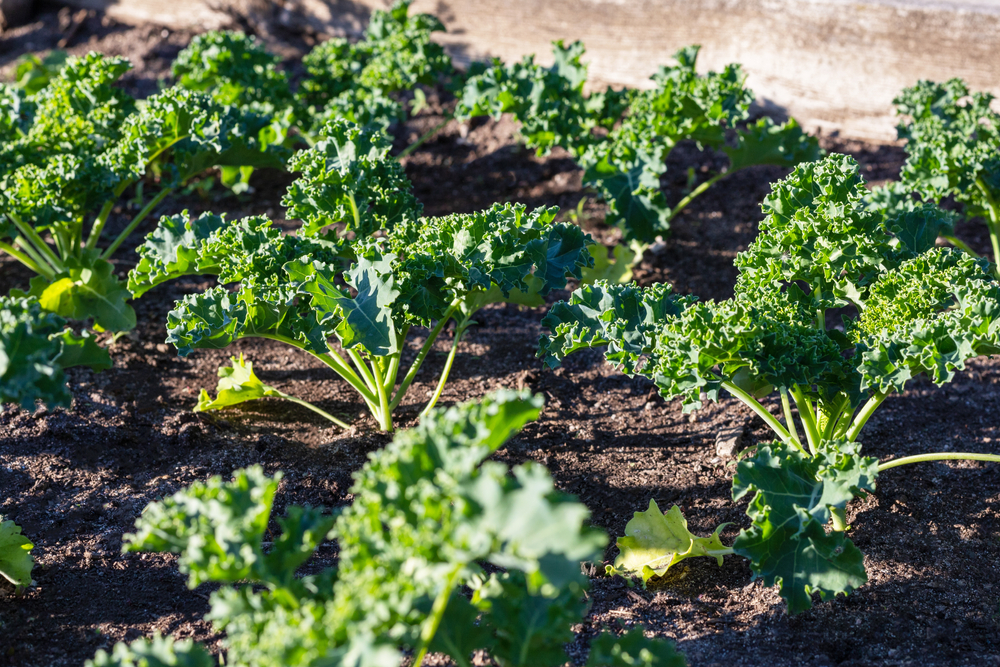
Kale is a hardy and productive leafy green that fits well in small gardens. It grows well in cooler temperatures, which means it can be planted early in the spring or in the fall for continuous harvests. Kale is perfect for small spaces because it can be grown in containers, raised beds, or vertically in garden towers. The plant grows in a compact rosette, allowing you to plant it densely and still get a good yield per square foot.
With regular harvesting, kale continues to produce new leaves throughout the growing season. It is a highly nutritious vegetable, packed with vitamins and minerals, making it a valuable crop for small gardens. Kale can be used in salads, smoothies, and cooked dishes, providing a versatile addition to your meals. Its ability to grow well in cooler climates and provide a continuous harvest makes it ideal for small gardens.
Swiss Chard
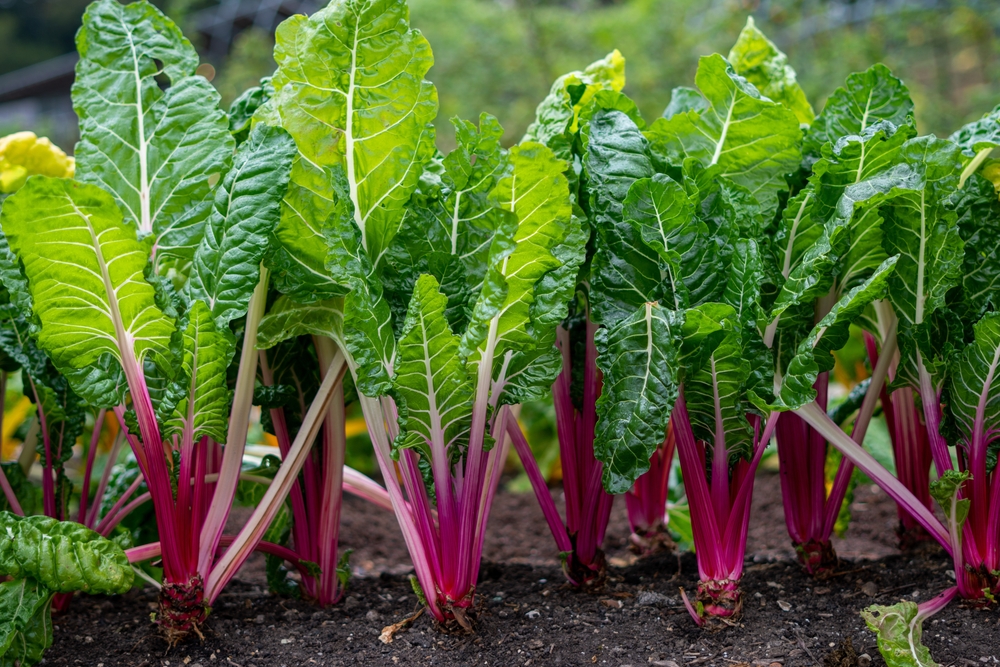
Swiss chard is a leafy green that thrives in small gardens due to its upright growth and continuous harvest. The plant grows in a compact form, with large, colorful leaves that can be harvested multiple times throughout the season. By removing the outer leaves while allowing the inner ones to grow, you can harvest Swiss chard continuously. This method of harvesting ensures you have fresh greens for months.
Swiss chard is relatively low-maintenance and can tolerate both hot and cool weather, making it a great choice for a variety of climates. It also grows well in containers or raised beds, making it suitable for small garden setups. Swiss chard’s vibrant colors, including red, yellow, and white stems, add an ornamental touch to the garden while providing a nutritious vegetable for your meals. Whether sautéed, used in soups, or added to salads, Swiss chard is a versatile vegetable that can be grown in limited space.
Zucchini
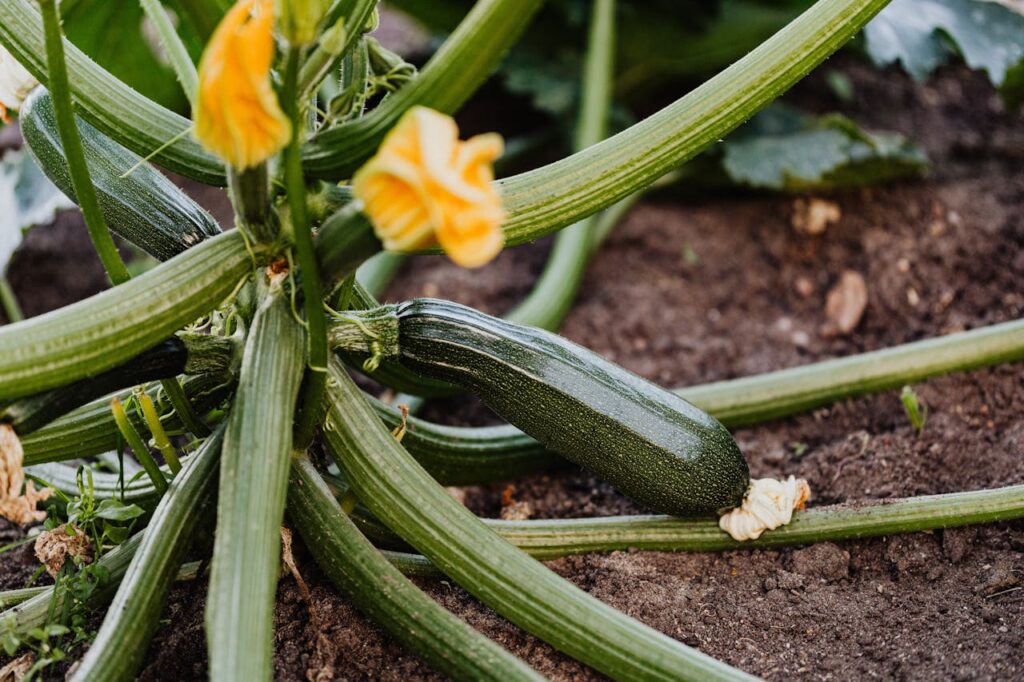
Zucchini is a prolific vegetable that grows well in small gardens, especially when planted vertically. By using a trellis or other vertical growing system, you can keep zucchini plants off the ground, saving space while still enjoying high yields. Zucchini plants grow quickly and produce a lot of fruit, which means you will be harvesting often throughout the growing season.
These plants are well-suited for warm weather and are relatively easy to grow. While zucchini plants can spread out, growing them vertically helps keep them compact while still allowing for continuous harvests. They are versatile in the kitchen and can be used in a wide variety of dishes, from grilled zucchini to baked goods like zucchini bread. The fast-growing nature of zucchini and its high productivity make it an excellent vegetable for small gardens.
This article originally appeared on Avocadu.
